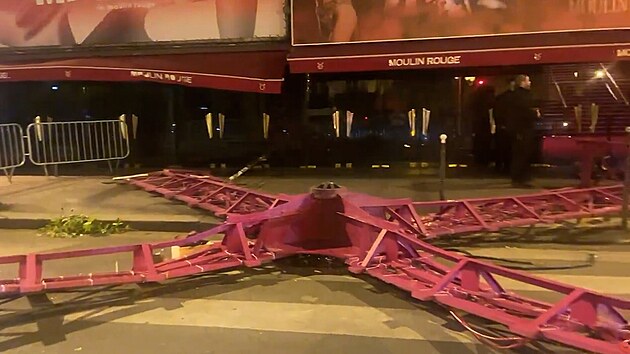New York City, long considered the epicenter of the AIDS epidemic in this country, had no such memorial in place. Monuments lend themselves most naturally to finitude, a luxury that Mr. Lawrence Swehla, a New York City schoolteacher, didn’t have, and still doesn’t. The lack of a cure and the number of people still suffering — 90,000 New Yorkers live with H. I. V. — made fund-raising for an abstract symbol a sensitive task for Mr. Swehla: Letters asked donors to give, but not if it meant they would limit their donations to research.
And Mr. Swehla quickly learned that erecting a monument, even one with passion and momentum behind it, is a considerable challenge. The city started by giving Mr. Swehla a list of every park in New York where his group shouldn’t even think of trying to put one. And then they were on their own, scouring the streets for fitting locations, and trying to raise money. Month after month, Mr. Swehla and his team, a nonprofit group called the AIDS Monument Committee, met to strategize; logistical glitches surfaced, were surmounted and then resurfaced. The organization’s treasurer died of AIDS just a few years after the project started, and a few years later, another board member, Michael LaPlaca, lost his partner to the same disease.
By 2003, when Mr. Marber first heard of the project and decided to get involved, the enthusiasm of the earlier crowds had faded, and only a handful of board members kept attending the monthly meetings. Late Sunday morning, Mr. Andrew Marber joined Mr. Swehla and three other board members at a spot in Hudson River Park near the end of Bank Street where Pier 46 used to extend into the water. In the steady, cold rain, the four men and one woman huddled in hats, holding umbrellas.
Not without tears Bedraggled or not, all five were beaming, Mr. Swehla most of all. In front of him, a semicircular balcony hung gracefully over the water. Behind him, on a green knoll, a footpath curved around, with a 42foot black granite bench echoing its curve. Inscribed in the granite were words thought to originate in a Scandinavian folk song: ”I can sail without wind; I can sail without oars. But I cannot part from my friend without tears.” From the bench, a visitor could look out on the water, or contemplate the pilings where the pier used to be, a memory, for some, of liberated if debauched times, a metaphorical reminder, for others, of loss and absence — a ruin. In 2005, the Hudson River Park Trust offered the site, and a year later, Scott Stringer, the Manhattan borough president, set aside $40,000 for the monument’s construction. On Sunday 30 November, the day before World AIDS Day, 30 or so people, mostly men, gathered under a tent and watched the dedication of the memorial. State Senator Thomas K. Duane spoke, and the Rev. Pat Bumgardner, pastor of the Metropolitan Community Church on the West Side, gave a blessing as heads bowed.



